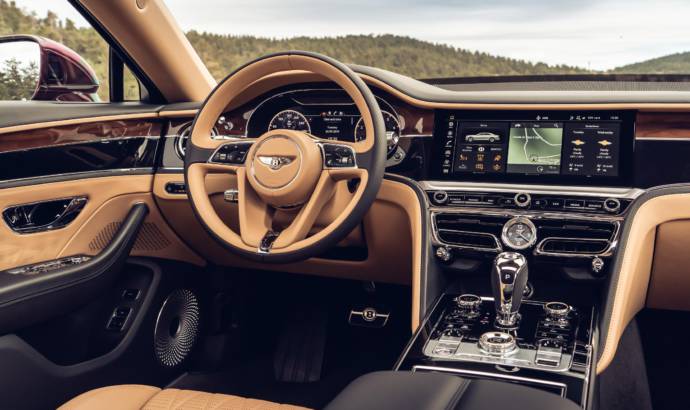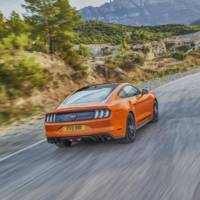Bentley wants to make the most of this difficult times, so is helping us know better about its most recent launched model: the Flying Spur.
When you sit in the driving seat of a Continental GT or Flying Spur, the dials in your field of view are a model of clarity and characterful design. It’s easy to forget that the hint of 3D knurling on the dial inners and the subtle shadowing beneath the elegant needles are all generated digitally on an active matrix Thin Film Transistor whose thickness is measured in millimetres. That’s the work of the Human Machine Interface (HMI) team, led by Graeme Smith – the specialists responsible for Bentley’s infotainment systems.
Think of Bentleys past, and it’s often the interior details that come to mind – the brass lap counter on the dash of Tim Birkin’s 1929 4½ Litre supercharged ‘Blower’ Bentley (adapted from a billiard table score counter), or the assured simplicity of a patinated 1952 R-Type Continental, its analogue dials deep set within a simple walnut dash. Bentley interiors speak of craftsmanship and a very British design aesthetic that’s a powerful part of their appeal.
Working with the styling team in Crewe, Graeme and his team of graphic designers create a mood board of icons, colours and images that will appear in a new model. A key decision is whether to make the graphics skeuomorphic – a 3D graphic representation of a physical object – or flat digital design.
One of Bentley’s latest digital design innovations is the new dim screen mode, for those times when you don’t need any navigation or infotainment to distract you from the road ahead. Like the simple veneered panel on the central rotating display, it offers the appealing prospect of a ‘digital detox’ moment. A bare minimum of information is displayed; fuel gauge and engine temperature, time, speed and outdoor temperature. Even the speedometer and rev counter dials are in darkness – except for a soft pool of light around the point of each needle. It’s the perfect option for long night drives on familiar roads, enabling owners to evoke the spirit of Woolf Barnato’s legendary night drive through France to beat the Blue Train, or the marque’s many victories at Le Mans.
For the central display in the Flying Spur, that meant designing around 600 different icons and over 1,500 menu screens. There were the different alphabets and page orientations of English, Russian, Arabic and Chinese to incorporate, and text for 27 different languages to translate and accommodate within the screen layouts. Graphics that relate to proprietary systems or icons, like Sirius radio in the US or Apple CarPlay, have to be signed off by those companies. There are three different audio systems – Bentley, Bang & Olufsen and Naim – all with their own graphic interface.



